What Is A Circumpolar Star
Astronomy EssentialsSky Archive
Circumpolar stars stay upward all dark long
February eighteen, 2022
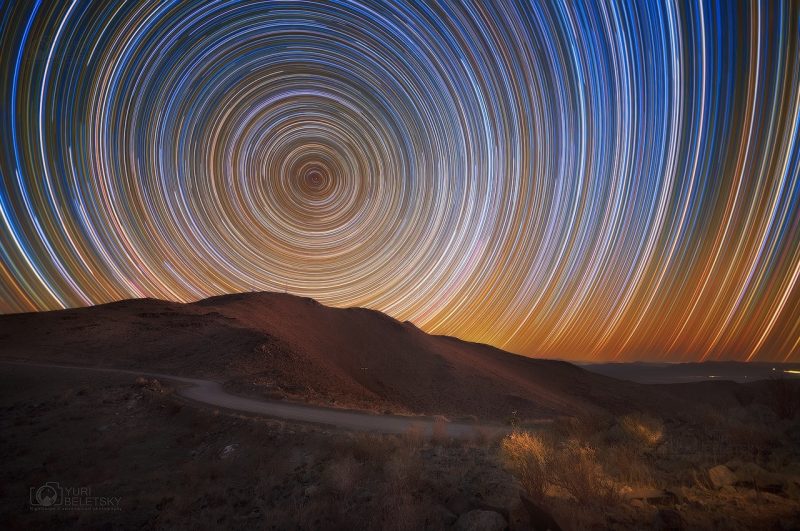
What are circumpolar stars?
Circumpolar stars always reside higher up the horizon, and for that reason, never rising nor set. All the stars at the Earth'south N Pole and S Pole are circumpolar. Meanwhile, no star is circumpolar at the equator.
Anyplace else has some circumpolar stars and some stars that ascent and set daily. The closer you are to either the North or South Pole, the greater the circle of circumpolar stars. The closer you are to the equator, the smaller the circle.
From the Northern Hemisphere, all the stars in the sky go full circle around the north celestial pole once a solar day. Or, more precisely, go full circle every 23 hours and 56 minutes. And from the Southern Hemisphere, all the stars in the sky go total circle effectually the south celestial pole in 23 hours and 56 minutes.
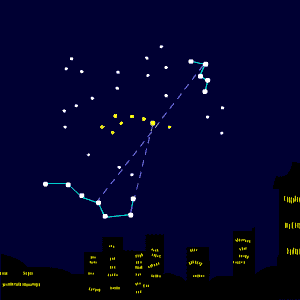
The 2022 lunar calendars are withal available. Club yours earlier they're gone!
Polaris and the north celestial pole
We in the Northern Hemisphere are peculiarly lucky to accept Polaris. Information technology is a moderately brilliant star, closely marking the north celestial pole. The northward angelic pole is the point of heaven that's at zenith (straight overhead) at the Globe'southward North Pole.
At the equator (0 degrees breadth), the star Polaris – the stellar hub – sits right on the northern horizon. Therefore, no star tin be circumpolar at the Earth's equator. Just at the Due north Pole (90 degrees), Polaris shines at zenith (directly overhead). So from the North Pole, every star in the sky stays to a higher place the horizon all 24-hour interval long every day of the year.
Your latitude determines the circumvolve of circumpolar stars in your heaven. For example, at 30 degrees North latitude, the circumvolve of stars inside a radius of 30 degrees from Polaris is circumpolar. In the same vein, at 45 degrees or 60 degrees North latitude, the circle of stars inside 45 degrees or 60 degrees of Polaris, respectively, would be circumpolar. Finally, at the North Pole, the circle of stars all the style to the horizon is circumpolar.
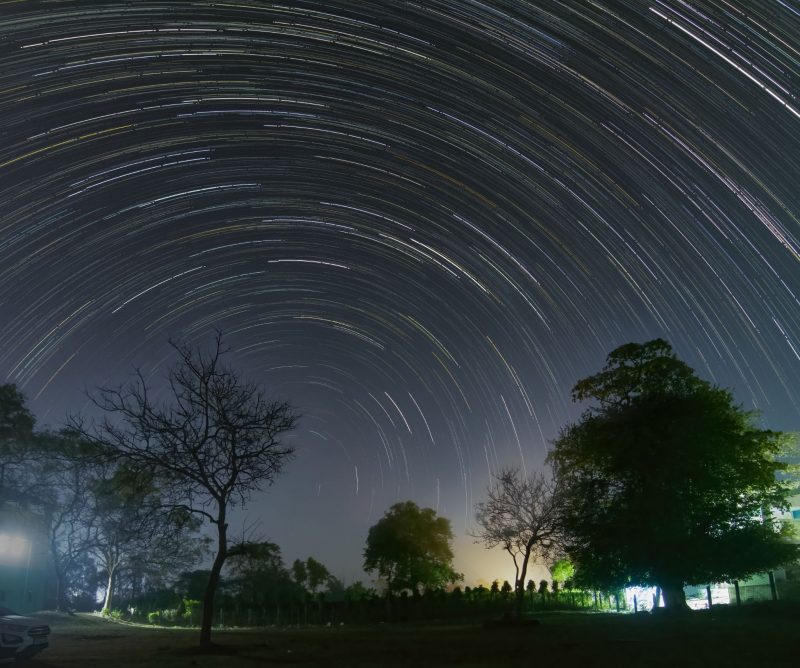
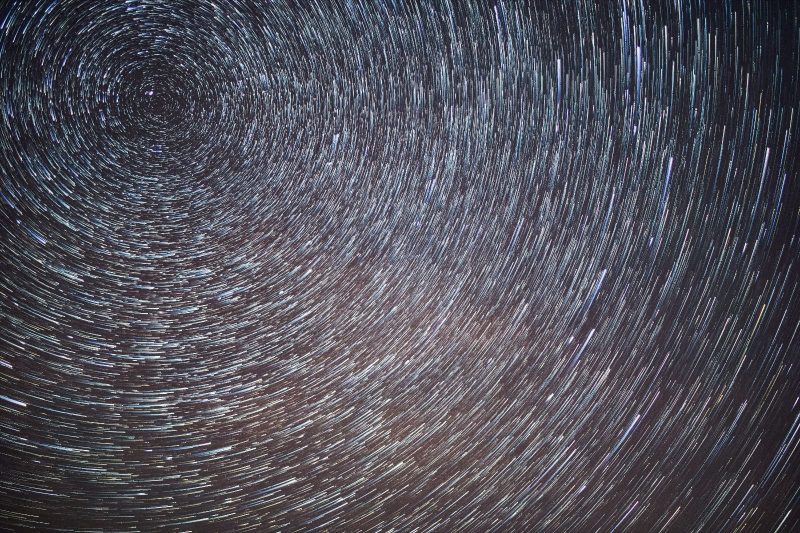
The Big Dipper is circumpolar
At 41 degrees North breadth (the latitude of New York Metropolis) and all latitudes farther north, the famous Big Dipper asterism is circumpolar. That'due south because the southernmost star of the Big Dipper, Alkaid – the star mark the end of the Big Dipper handle – is 41 degrees southward of the north celestial pole (or 49 degrees north of the celestial equator).
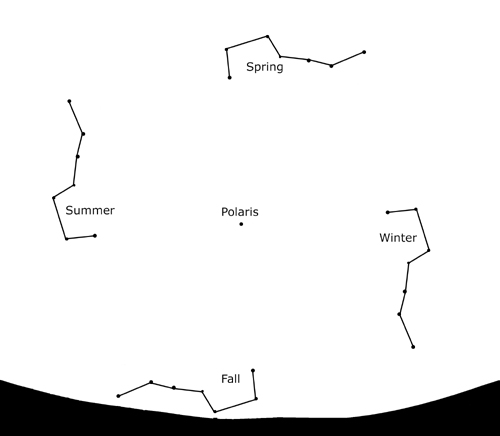
Bottom line: Circumpolar stars are those that never rise nor set up from a sure location. At the poles, all stars are circumpolar, while at the equator, no star is.
What Is A Circumpolar Star,
Source: https://earthsky.org/astronomy-essentials/what-are-circumpolar-stars/
Posted by: leewhapin.blogspot.com


0 Response to "What Is A Circumpolar Star"
Post a Comment